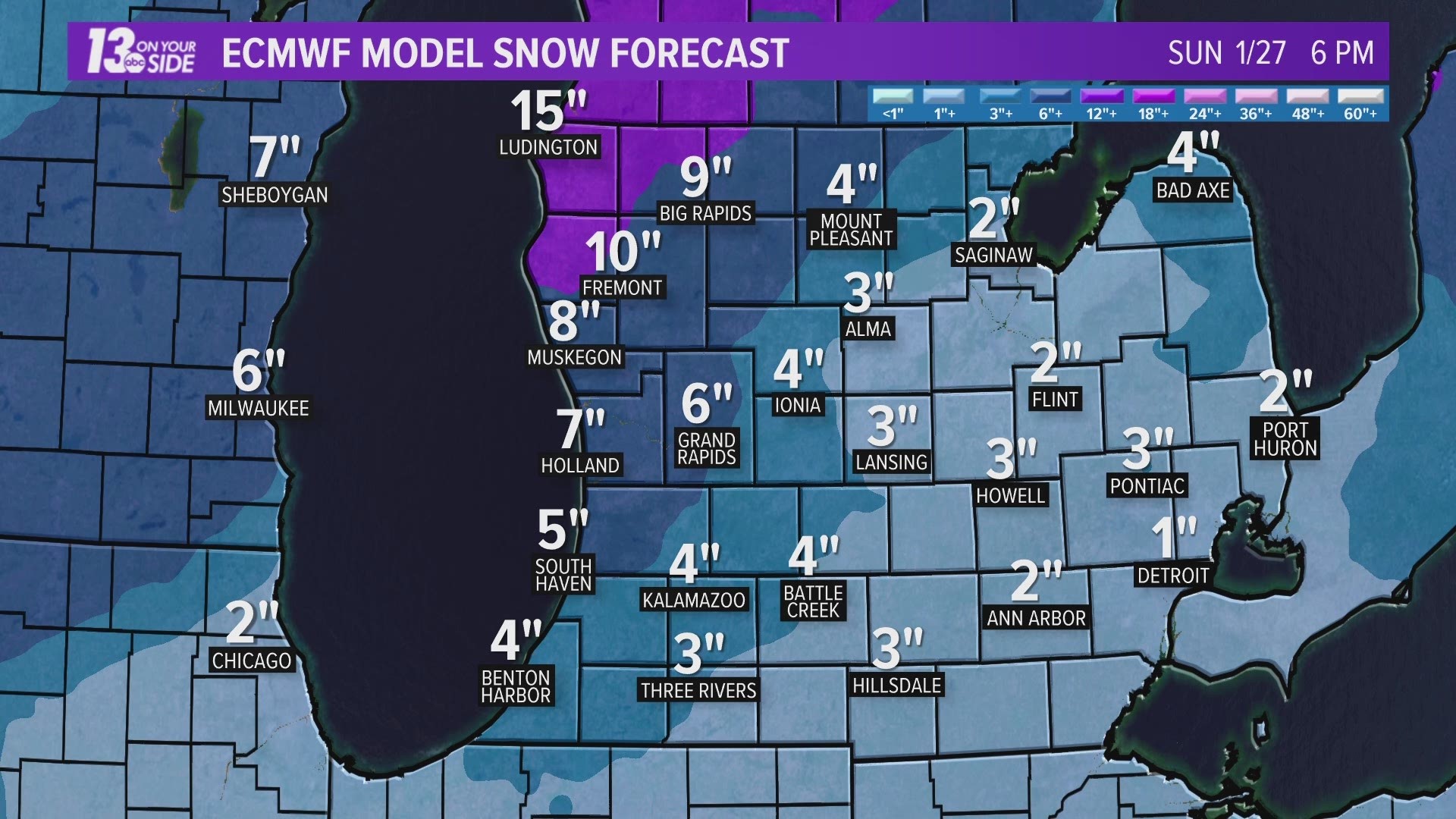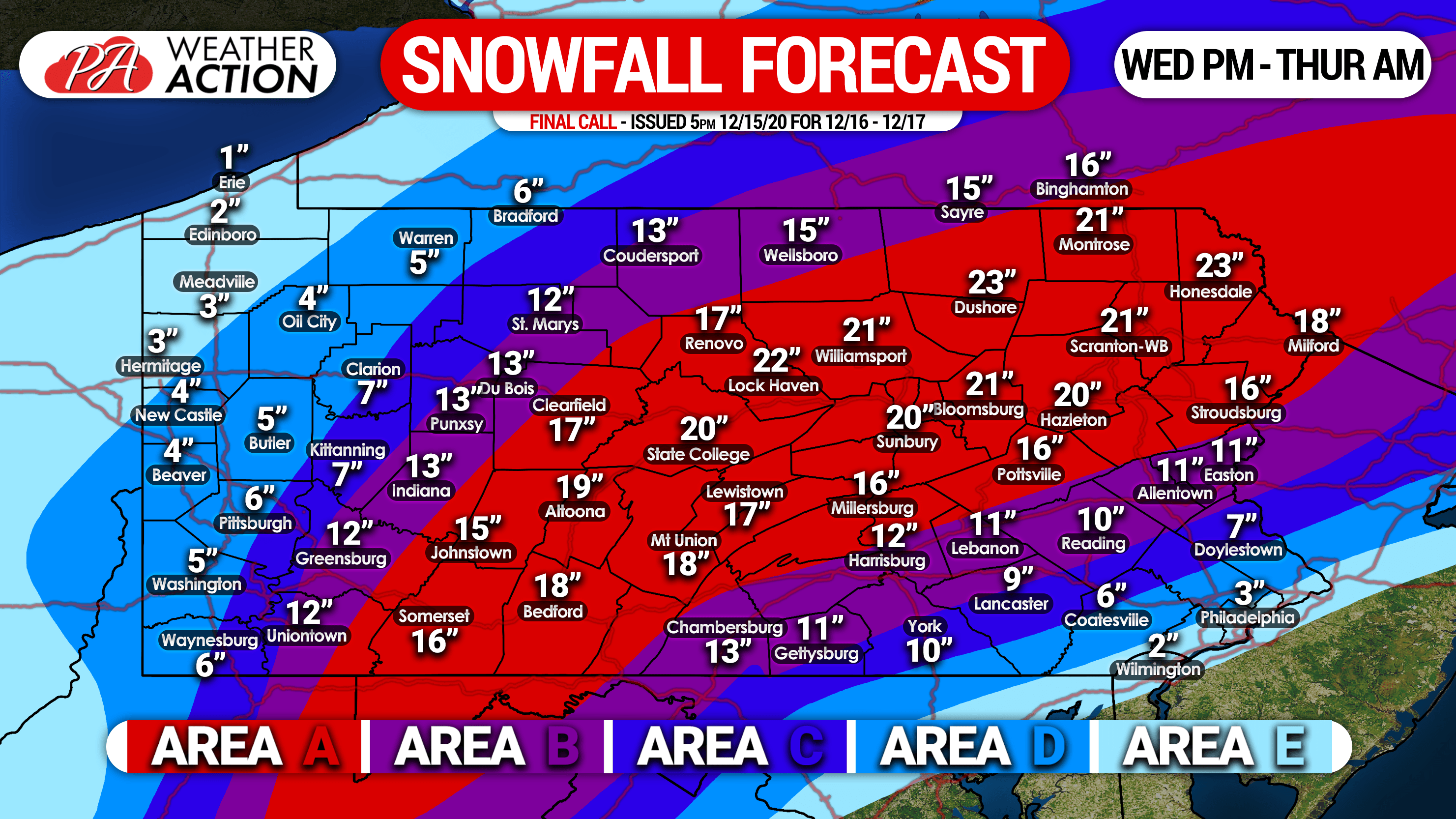
This result demonstrates the possibility of using the RFR model for heavy snowfall prediction. It was observed that the RFR model accurately predicted the occurrence of snowfall (R 2 = 0.64) compared with other models with various statistical criteria. Model performance was evaluated by comparing the observed and predicted data. Additionally, grid search and five-fold cross-validation techniques were used to improve learning performance. Machine-learning algorithms were selected as regression models to predict heavy snowfall.

Subsequently, the performances of the machine learning algorithms were compared. In this study, the meteorological and geographic data of the past 30 years were collected, and four machine learning algorithms were used: multiple linear regression (MLR), support vector regression (SVR), random forest regressor (RFR), and eXtreme gradient boosting (XGB). Therefore, it is crucial to predict snowfall occurrence and establish countermeasures to reduce the damage caused by heavy snowfall. Heavy snowfall is a natural disaster that causes extensive damage in South Korea. This study demonstrated the potential utility of combining the snow emission model with an ML approach to improve snow depth estimation.Abstract. The validation results showed that RF estimates were closer to the in situ data than the other two satellite products. Additionally, the RF estimates were compared with two widely used satellite products (AMSR2 and GlobSnow-2). To evaluate the predictive power of the RF algorithm trained with samples in 20, spatially independent station measurements during the period from 2012 to 2016 and field survey data collected from January 2018 to March 2019 were used for validation. The results indicated that (1) inclusion of effGS in RF greatly enhanced the overall performance in snow depth estimation (2) the trained RF model performed better on a temporal scale than on a spatial scale, with unRMSEs of 1.81 cm and 3.17 cm, respectively (3) specifically, the fitted RF algorithm partially addressed the overestimation in shallow (≤ 20 cm) snowpacks and underestimation in deep (> 20 cm) snow conditions when compared with the established RF algorithm based solely on predictor variables but without effGS. Five elaborately selected independent variables, including vertical polarized TB differences (TBD) between 18.7 and 36.5 GHz (TBD 18.7V&36.5V), 10.65 and 36.5 GHz (TBD 10.65V&36.5V), longitude, elevation and effGS, together with the target variable, snow depth, were applied to train the RF model, and then the 10-fold cross-validation (10-CV) approach was employed for performance validation using station data during the period from 2012 to 2018. An effective GS value (effGS), a prior snowpack descriptor, was optimized utilizing the Helsinki University of Technology (HUT) model by minimizing the difference between AMSR2 observations (18.7 and 36.5 GHz) and HUT simulations. This study presents a new methodology to retrieve snow depth over China by coupling a microwave snow emission model with a random forest (RF) machine learning (ML) technique. However, the sensitivity of TB to these parameters is complex due to snow metamorphism (e.g., snow grain size, GS), which limits the feasibility of many existing algorithms characterizing snow. Spaceborne passive microwave (PMW) data, namely, brightness temperature (TB), have been in use for snow depth and SWE retrieval at the global scale since 1978.

Knowledge of snow conditions, e.g., snow water equivalent (SWE) and snow depth, is significant to hydrologic and climatologic processes. Snow cover is highly critical for global water and energy cycles because of its wide areal extent, high reflectivity and good thermal insulation.


 0 kommentar(er)
0 kommentar(er)
